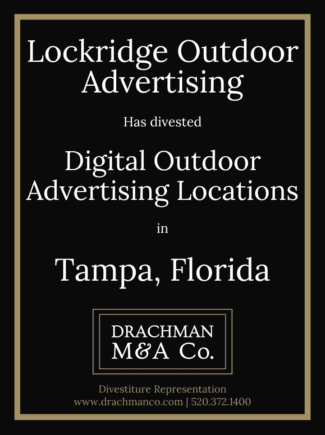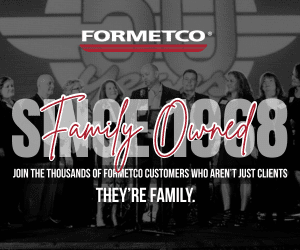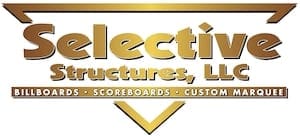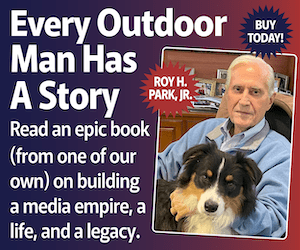
By: David Burrick, Chief Strategy Officer at Intersection
The global advertising industry is often described as a highly fragmented marketplace. On the publisher side alone, there are millions of websites, mobile apps, TV networks, radio stations, newspapers, magazines and, of course, out-of-home advertising assets. But in reality, the global marketplace is highly concentrated, with just three firms – Alphabet , Meta and Amazon controlling over 60% of total global ad spend.
It’s no surprise that these 3 firms have come to dominate the global advertising landscape. Their scaled access to first party data allows them to highly target customers and provide sophisticated measurement and attribution.
But what is interesting is that when these 3 tech giants aren’t marketing their products to users on their own proprietary platforms like YouTube, Instagram and Prime Video, they are increasingly turning to one of the most traditional forms of advertising – out of home. According to the OAAA, Alphabet, Meta and Amazon were three of the 10 largest outdoor advertisers in the US in 2024. Rounding out the Top 10 spenders were other sophisticated tech brands, like Netflix, Samsung and Apple. Moreover, as the OAAA points out, over a quarter of the fastest growing OOH spenders in 2024 were tech brands, including firms such as Stripe, Doordash, Instacart and Roku.
So why are the world’s most sophisticated advertising and tech companies increasingly turning their attention to OOH and what can brands in other industries learn from these digitally native companies? Here are some insights we get from our tech clients at Intersection as to why they continue to grow their investment in our advertising medium:
● Advertising in the real world drives results in the digital world – We consistently run digital event measurement studies for our tech clients to measure whether their advertising campaigns drive app downloads, online purchases and web visitation. The results are consistently positive. For example, we recently ran a large ad campaign on Los Angeles bikeshare stations with a major digital food delivery service. We showed that consumers exposed to the campaign were 135x more likely to place a first time order on the delivery service than those not exposed to the service. Sometimes our large tech clients use their own data and tools to measure the campaigns they run with us – allowing for apples-to-apples comparisons of campaigns on our platform vs. the tech companies’ own platforms. The feedback we consistently hear from our tech clients is that our media performs, which is why they keep growing their spend.
● Reaching unduplicated and hard to reach audiences – These tech platforms have massive digital reach, but there are still pockets of consumers that cannot be reached regularly by these brands. For example, many Gen Z consumers have become harder to reach on traditional digital platforms as they (1) shift to new platforms like TikTok, (2) rely less on traditional web search engines and (3) have countered digital ad fatigue by increasingly using ad blockers and other privacy controls. OOH is a unique way to reach this audience. 84% of GenZers have said they pay attention to OOH ads, while 91% have said they would likely share an OOH ad they liked on social media.
● Reaching consumers at important moments in the physical world – Another consistent theme we hear from our large tech clients is that they like connecting with their consumers in real life. This is particularly true around large industry events that tech brands have affiliated with. For example, we often see soaring demand from large tech clients at industry events, like the Consumer Electronics Show in Las Vegas or Dreamforce in San Francisco. OOH is a way for these brands to cut through the clutter and noise often surrounding a large conference, when many key decision makers are spending less time on their phones or other digital devices.
All these insights are applicable to a broad range of verticals looking for marketing success – not just tech brands. OOH advertising reaches unique audiences, cuts through the clutter and, most importantly, drives real-world business results. And OOH remains incredibly efficient from a pricing perspective, so you don’t need to be the size of Amazon or Apple to take advantage of the medium and see results. These tech giants aren’t just experimenting — they’re investing. And their continued spend in out-of-home media sends a clear message: OOH works. For brands of all sizes, the lesson is simple. If companies with the world’s most advanced marketing tools choose to integrate OOH into their strategies, it’s worth asking: what could it do for yours?
To receive a free morning newsletter with each day’s Billboard insider articles email info@billboardinsider.com with the word “Subscribe” in the title. Our newsletter is free and we don’t sell our subscriber list.
Paid Advertisement


















Why do you not enable your articles to be shared or reposted on social — especially LinkedIn?
Great comment Karen. We’ll look into adding a plugin which allows you to share or report articles on social media.